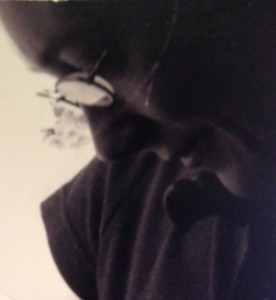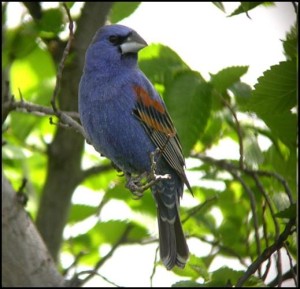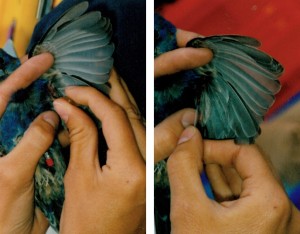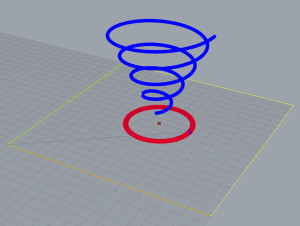I was happy to be featured on the Lerner Books blog today! Lerner is the publisher of my current nonfiction, Sneaker Century: A History of Athletic Shoes as well as The Way Back from Broken (coming October 2015). You can view the post here or read on below.
What was your favorite book you read growing up?

Hands down, it was
The Voyage of the Dawn Treader by C. S. Lewis. I’ve probably read it thirty times. Oh, how I love Reepicheep! Close on the heels of this book comes
My Side of the Mountain by Jean Craighead George. I always wanted my own Frightful.
What are some of your favorite children‘s/young adult books that you‘ve read recently?
Okay for Now by Gary Schmidt, El Deafo by Cece Bell, Rollergirl by Victoria Jamieson, Nation by Terry Pratchett, and I‘ll Give You the Sun by Jandy Nelson.
Who are your favorite contemporary fellow authors?
I can’t believe you are making me choose! That is a very cruel thing to do to a reader!
Right now I’m still gushing over Gary Schmidt. I admire the subtle ways he allows his characters to reveal deep emotional truths. A. S. King does this too. The writing of both Jandy Nelson and Laini Taylor has a pell-mell, technicolor intensity that I love. Nancy Farmer is a bomb story-teller, and she can do anything from survival stories in Africa to Vikings to alternate reality drug dealers.
Why did you start writing?
Before I was a writer, I was an evolutionary biologist. These might seem like really different jobs, but at the core, they are the same. I’m an observer. I want to understand how the world works and what makes people tick. Doing science and writing books are both ways to do this.
 What are the hardest/easiest parts of writing for you?
What are the hardest/easiest parts of writing for you?
The hardest part is when I let myself get emotionally invested in all the parts of the writing business that are out of my control: reviews, book sales, contracts, awards, etc. The easiest part is committing myself whole-heartedly to the story. That is what matters most.
How do you gather ideas for your books?
Ideas are easy. They are everywhere for the gathering. The trick is getting enough ideas to glom together into a book. Anything that interests me gets added to a list in my GTD software (The Hit List) called “Book Ideas.” Right now it has 28 entries including horse genetics, bronc-rider George Fletcher, and something called The Doom Dimension. For the current book, several of these ideas developed a magnetic attraction and BOOM! Suddenly there was enough bubbling out of the explosion to make a whole novel.
Do you have a writing routine?
As soon as my kids get on the bus, I’m at my desk. I take 15 minutes or so to glance at my email and check in on Twitter (
@amberjkeyser) then I open Scrivener and get to work. When drafting, I try to hit 1,000 words before I take a break. When revising I try to work for at least three hours. Break time usually means a walk in the forest with our new puppy, Gilda. After lunch, I buckle down for another two hours.
How do you deal with self-doubt or writing blocks?
When the writing gets tough and I’m agonizing over every word, I have to ask myself what kind of “stuck” am I experiencing. Am I struggling because my batteries are depleted and I need to take care of myself? Or is it hard because writing is painful and I need to keep trying? When it is the former, I go for a run in the forest. Otherwise, I stay at my desk and remind myself that even if what I write isn’t great, I will fix it in revision. It is also important to remember that your writing environment can have a huge impact on your productivity. For instance, I have just purchased some new
commercial grade chairs for my home office so that I can be as comfortable as possible when sitting at my desk. After all, no one wants back pain or an uncomfortable chair to distract them from writing.
 Sneaker Century and The Way Back from Broken are really different books. How do you manage to write both nonfiction and fiction?
Sneaker Century and The Way Back from Broken are really different books. How do you manage to write both nonfiction and fiction?
For me, writing any book requires the same things: free-flowing nonlinear creativity, deep research into the core elements of the story, detailed to-do lists on how to execute the plan for the book, and disciplined, grind-it-out time in front of the computer. They may occur in different proportions, but the ingredients are always the consistent. No matter the book, I have the same tasks: find the right structure to tell the story, create a voice that makes you want to read on, and bring the world to life with details you can sink your teeth into.
Do your kids influence your writing? If so, how?
Sometimes I write about very difficult subjects. You might assume that I would steer away from the edge for fear of what my children will think, but the opposite is true. They need me to be brave, incisive, and above all, deeply honest.
 Tell us something we don’t know about you!
Tell us something we don’t know about you!
My very first book, penned in 2nd or 3rd grade, was called Anatomy of a Bruise. I remember one particular illustration that I was very proud of. It depicted the inevitable consequences of an apple falling off a table and smacking the ground. Another showed a time lapse series of a bruise healing from purple to greenish-yellow to gone. Also, I crocheted the cover with orange and turquoise yarn. Clearly, I was a yarn bomber way ahead of my time!
 This is the cover for THE WAY BACK FROM BROKEN, which releases on October 1st from Carolrhoda Lab. This novel holds both my heart and my history, and I am so grateful to be able to share it with you.
This is the cover for THE WAY BACK FROM BROKEN, which releases on October 1st from Carolrhoda Lab. This novel holds both my heart and my history, and I am so grateful to be able to share it with you.




 Hands down, it was The Voyage of the Dawn Treader by C. S. Lewis. I’ve probably read it thirty times. Oh, how I love Reepicheep! Close on the heels of this book comes My Side of the Mountain by Jean Craighead George. I always wanted my own Frightful.
Hands down, it was The Voyage of the Dawn Treader by C. S. Lewis. I’ve probably read it thirty times. Oh, how I love Reepicheep! Close on the heels of this book comes My Side of the Mountain by Jean Craighead George. I always wanted my own Frightful.
 What are the hardest/easiest parts of writing for you?
What are the hardest/easiest parts of writing for you?
 Tell us something we don’t know about you!
Tell us something we don’t know about you!


